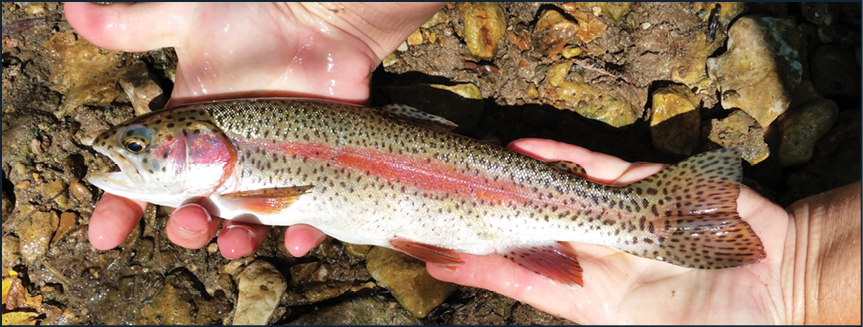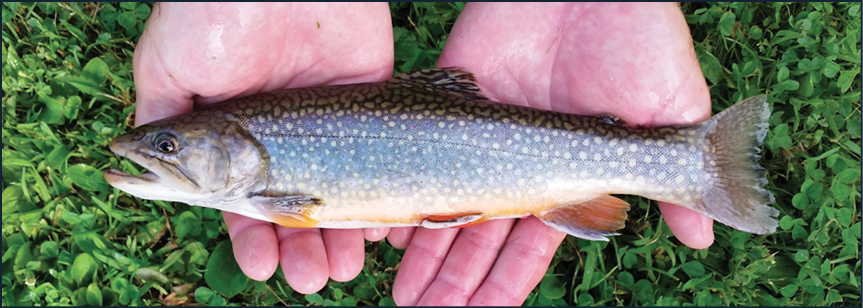Fish Identification
Walleye & Sauger
You need to know the difference between Walleye and Sauger due to differences in length limits.
Walleye
Walleye have a white tip on the lower tail fin; do not have distinct blotches or mottling on the sides; forward (spiny) portion of the dorsal fin has dark streaks or blotches instead of distinct black spots.

Sauger
Sauger do not have a white tip on the lower tail fin; back is crossed with several darker saddles or blotches extending down on both sides; distinct black spots on the forward (spiny) portion of the dorsal fin are aligned in rows.

Iowa’s Pike Family
Lakes and streams may contain Muskellunge and Northern Pike. It is important to know the difference among members of the pike family to obey appropriate size, catch and possession limits.
Northern Pike
Normally a bluish-green to gray on the back with irregular rows of light-colored horizontal bean-shaped spots on the sides. There are five or fewer pores on each side of the lower jaw. The entire cheek and upper half of the gill cover is scaled.

Muskellunge
Usually are olive to dark gray with tiger-like vertical markings on the side. They have 6 to 8 pores on each side of the lower jaw. Only the upper half of both the cheek and gill cover is scaled.

Trout
Rainbow Trout
Olive to greenish-blue above and silvery below with a prominent horizontal red band on the side. There are many small, dark spots on the body, dorsal fin and tail.

Brown Trout
Olive to greenish-brown. The large black and reddish-orange spots on the sides of the fish have a pale border. The lower portions of the fish are yellow, fading to gray or white beneath. Browns have few or no spots on the tail fin.

Brook Trout
Vivid white markings on the front edges of the lower fins. They also have light “wormlike” markings on the back. General color: olive to gray-green.

Sturgeon
Lake Sturgeon
Endangered: If caught, release immediately, unharmed.
- Short snout turns up at end
- Barbels are not fringed

Pallid Sturgeon
Endangered: If caught, release immediately, unharmed.
- Outer barbels twice as long as inner barbels
- Base of barbels “U” shaped, inner two set out in front
- Smooth belly

Shovelnose Sturgeon
- Barbels all the same length
- Barbels straight across
- Rarely exceeds 4 pounds
- Belly is scaled

Sturgeon images are courtesy of the Missouri Department of Conservation.

